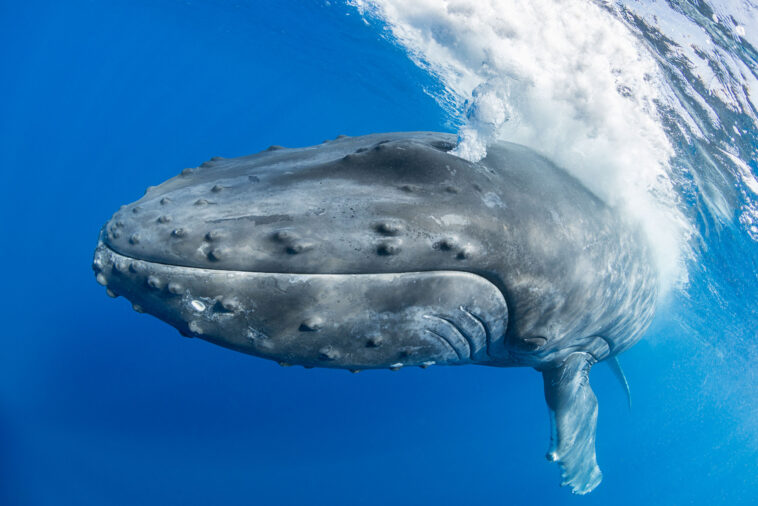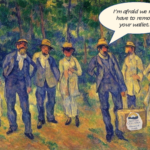It’s widely recognized that animals who have the ability to use tools are displaying a form of intelligence. But what about bubble blowing?
Scientists are now beginning to consider the way that whales blow bubbles to be a type of tool.
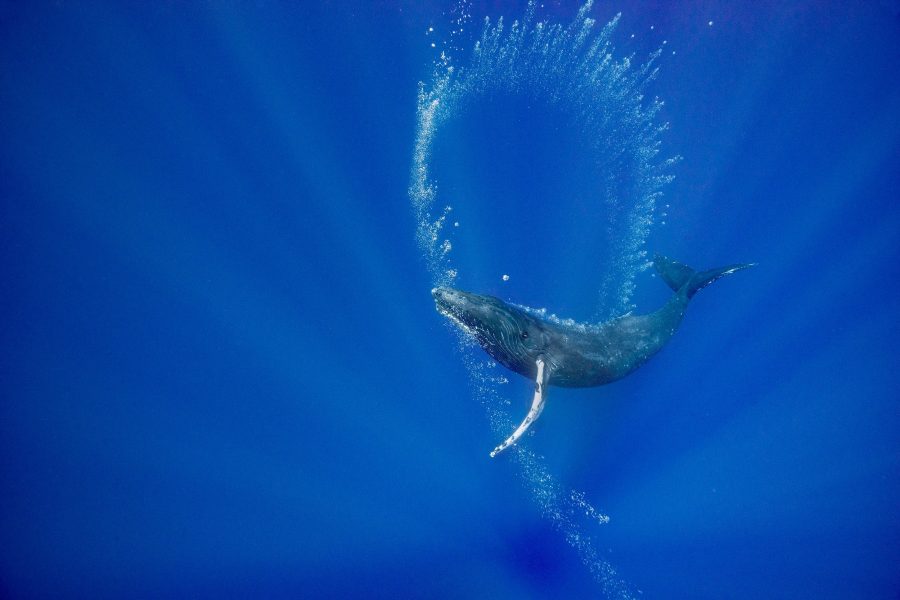
In a new essay in Hakai magazine, photojournalist Doug Perrine explains why bubbles are now being considered an instrument of communication and more for these clever cetaceans. He now sees “the air in a humpback’s lungs as a Swiss army knife because I’ve seen whales do so many different things with it.”
A tool is defined as any “object other than the animal’s own body that is manipulated or oriented to affect something in the animal’s environment.” Whales don’t have hands or opposable thumbs but they are intelligent animals using the water and air at their disposal.
In 1989, scientists noticed the ‘spiral bubble nets’ – stunning formations of bubbles – released by humpback whales to round up prey like krill.
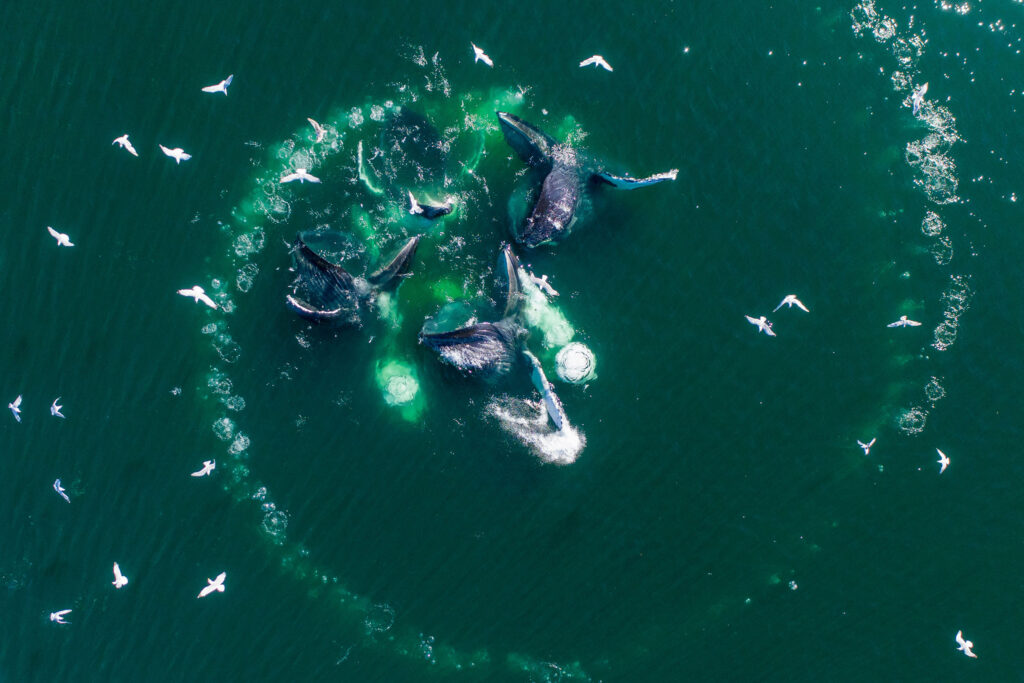
Bubbles have also been used by whales as social signals. In a confrontation with a rival, a male humpback might blast his opponent with bubbles from his blowhole.
Perrine has seen males use bubble trails to protect and hide mothers and their calves from male competitors.
“Bubble use is complex,” says Meagan Jones Gray, of Whale Trust Maui, in the story. She notes the bubbles have been seen used by whales in breeding and feeding environments.
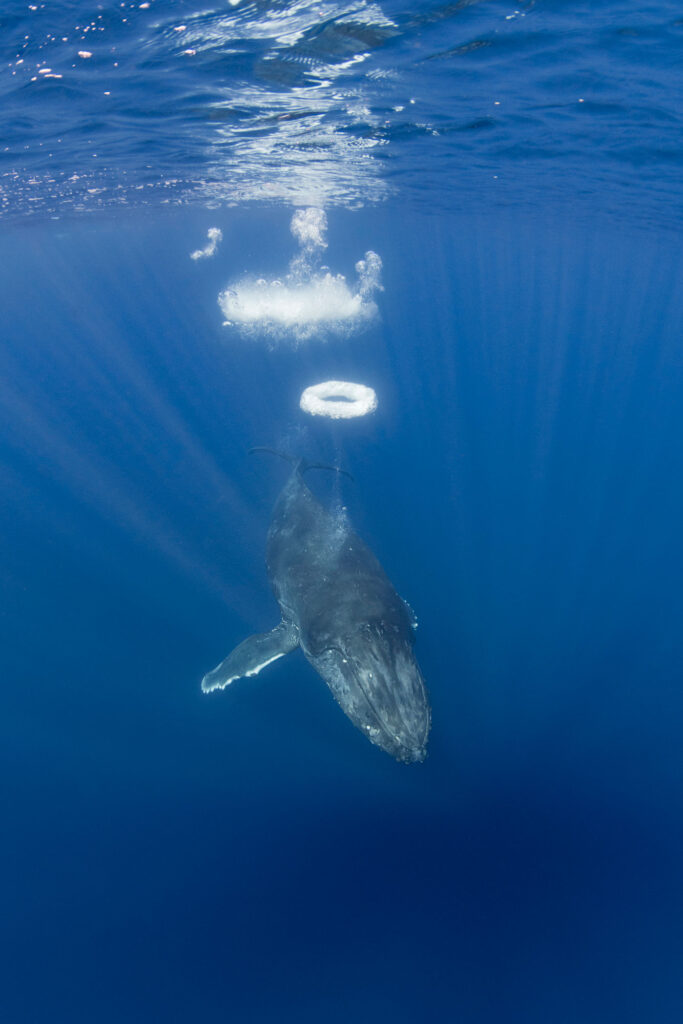
Whales even create ‘whale windows’ in which a whale will create a smoke ring of sorts by blowing a perfect ring out of its blowhole to smooth the water and have a clear view to see what’s above the ocean’s surface. Often it’s to keep an eye on humans, Perrine notes.
And of course there is the shared reason why humans blow bubbles too – for play and appreciation of beauty. He wonders about one whale bubbling in particular, was she taking in “the visual beauty of the scintillating bubble spirals? Was it art for art’s sake?”
We may never know the secrets of the incredible creatures, but we can be certain there’s so much more beneath the ocean’s surface when we stop and look.




